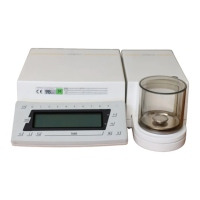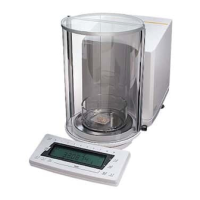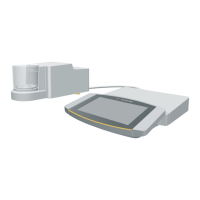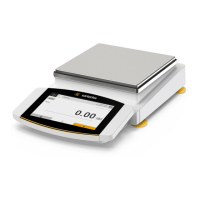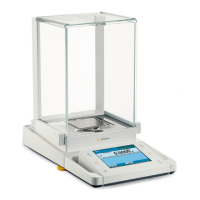16
lf the device addressed does not understand the control command, the SB! receiving device continues to operate additionally
with a hardware handshake after it has received another 6 characters.
For data communication with a Software handshake, "XON" must be sent by a device when it is turned on in order to enable
another on-line device to exchange data.
Sequence:
Transmitting device Receiving device
(balance)
– – – – – byte – – – – Æ
– – – – – byte – – – – Æ
– – – – – byte – – – – Æ
Å – – – – – <XOFF> – – – –
– – – – – byte – – – – Æ (Once <XOFF> is transmitted, a maximum of
– – – – – byte – – – – Æ 14 bytes can still be received.)
: :
: Pause :
: :
Å – – – – – <XON> – – – –
– – – – – byte – – – – Æ
– – – – – byte – – – – Æ
Transmitting device:
The importance of such handshake control for data transmission becomes especially apparent
- when the continuous automatic data Output parameter is defined
-when data Output is controlled by application programs.
Once <XOFF> is received, it prevents further transmission of characters. When <XON> is received, it re-enables the
transmitting device to send data. The transmitting device is always enabled for sending data after it has been switched on.
lf data transmission is interrupted by the control line (CTS) or the command <XOFF> while a data block is being Output from
an application program (only for printing a section of text with several lines of data), the readout will be locked into the display
at the same time.
Data Output will be blocked until the interface receives an enabling Signal.
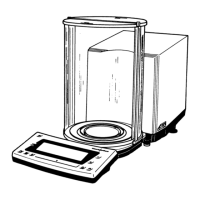
